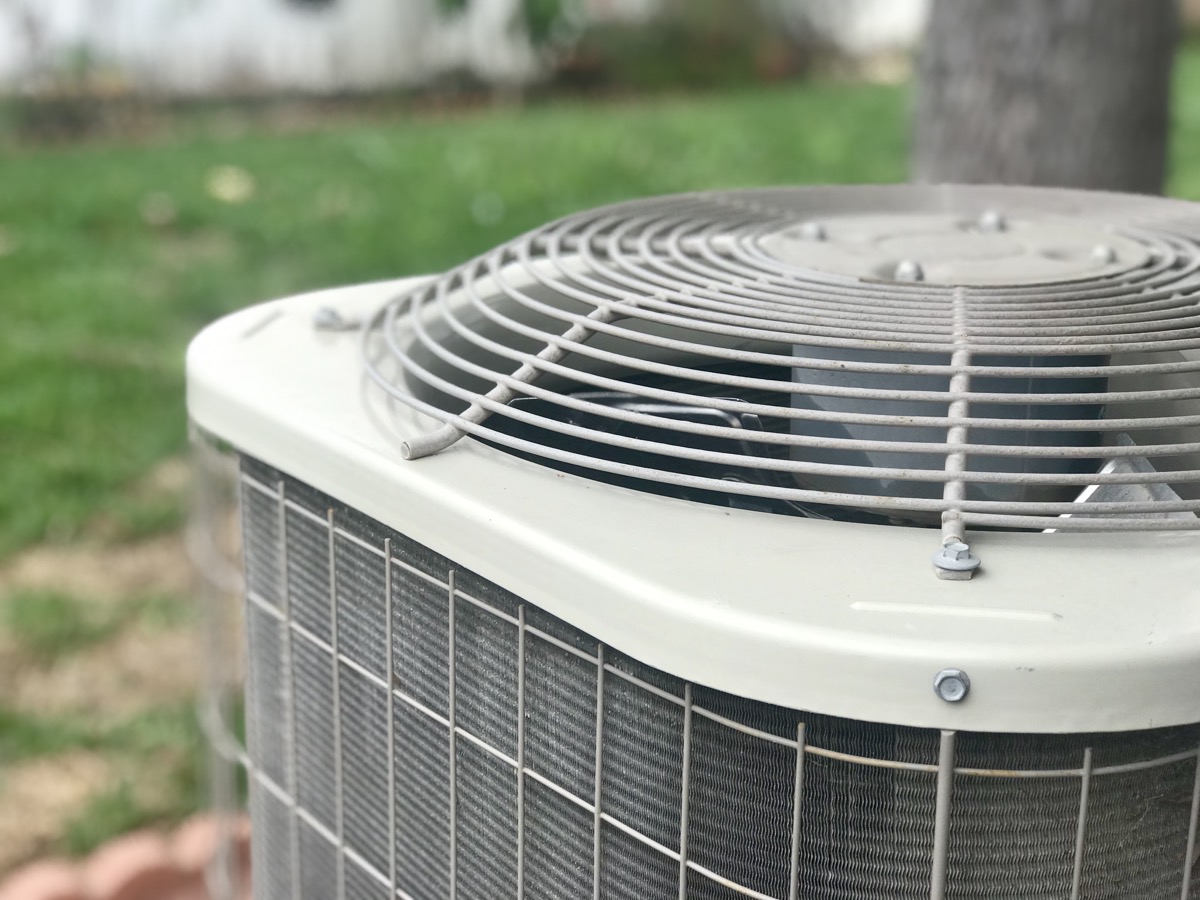Legionnaires’ disease—a form of pneumonia that has symptoms such as headaches, shortness of breath, muscle aches, fever, and cough—spreads through bacterial growth in stagnant water. Unfortunately, in buildings that have remained unoccupied for a prolonged period of time, stagnant water is practically inevitable, but that doesn’t have to mean illness is a foregone conclusion. Sanitizing water features, flushing pipes, disinfecting hot tubs or pools, cleaning heating and cooling systems, and having proper maintenance done on your water heater are all good places to start, according to the CDC. However, even with those measures in place, Legionnaires’ disease may still be able to spread in recently reopened buildings. “When the building is re-inhabited and the air conditioning is turned on, legionella bacteria spreads from the mist out of the air conditioning units,” says physician Leann Poston, MD, a medical expert with Invigor Medical. While Poston explains that the condition is most likely to develop in the elderly, those who smoke, or individuals with weakened immune systems, it can occur in anyone, and adequate precautions should be taken. Poston recommends that workers wait up to 72 hours before returning to any building that’s had its water supply flushed; if that’s not possible, she suggests wearing an N95 mask inside. Even if your water system hasn’t been flushed, it’s imperative that you keep your mask on, monitor for any unusual symptoms, and if you start feeling unwell, high-tail it to the doctor.ae0fcc31ae342fd3a1346ebb1f342fcb RELATED: For more up-to-date information, sign up for our daily newsletter. As for mold—which can cause flu-like symptoms, difficulty breathing, and even anaphylactic shock—buildings don’t have to be unoccupied long for it to grow. The CDC reports that it can take only a few days for mold to bloom in a building where a leak or other environmental moisture is present. Since mold can grow on virtually any surface, from fabric to drywall, the CDC recommends that building managers should attempt to reduce humidity in their buildings while they’re not in use, as well as have professionals assess for mold growth and perform remediation before anyone returns. Once the building reopens, routine checks of the HVAC system—which has also been cited as a potential source of coronavirus transmission—will be necessary, too. “If an antihistamine, inhaler, or EpiPen has been prescribed for treatment, carry those with you regularly until you are assured the building is clean,” suggests Poston. And if you’re worried about your COVID-19 risk, check out these 7 Home Surfaces Most Likely to Be Contaminated with Coronavirus.
